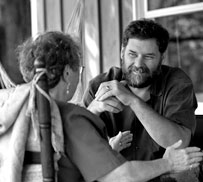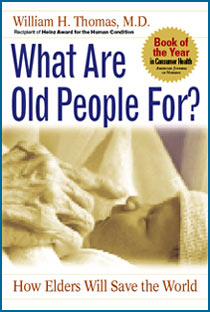![]()
Search
Recent Posts
- ChangingAging.org Redesign -- Please Bookmark!
- Disaster in Buffalo
- Power Up Friday
- Blanchard WinsDays
- Kevin Frick writes...
- Monkhouse Monday
- Getting Closer!
- Blanchard WinsDays
- Power Up Friday
- My Pick for Health and Human Services
- Understanding Health Care Reform
- Facts Are Stubborn Things: Social Security Edition
- Monkhouse Monday
- Localism is Coming
- Krugman Can't Wait...
Recent Comments
Category Archives
- AGING 100
- Aging
- Culture
- Dementia
- Eden Alternative
- Erickson School
- Green House
- Health Policy
- Longevity
- Media
- Rockets
Monthly Archives
- February 2009
- January 2009
- December 2008
- November 2008
- October 2008
- September 2008
- August 2008
- July 2008
- June 2008
- May 2008
- April 2008
- March 2008
- February 2008
- January 2008
- December 2007
- November 2007
- October 2007
- September 2007
- August 2007
 Subscribe to this blog's feed
Subscribe to this blog's feed
Announcements

Blog Data
« Top Comment: Younger on 0$ a day... | Main | Scam Alert »
December 10, 2008 |Permalink |Comments (0)
Smoke Signals
Janice Blanchard writes...
Emi Kiyota’s Monday post on the Yellow Flag experiment is a wonderful example of a simple “social software” solution to aging in community. We call this informal communication between neighbors “smoke signals” one of the oldest forms of non-verbal communication to transmit information. Smoke signals can be pre-arranged, as in the case of the yellow flag, but often are based on neighbors observing each others daily habits and responding when the patterns are interrupted. For example, turning on the porch light at night and turning it off in the morning, taking out the trash or bringing in the daily paper by a certain time are all ways neighbors informally watch out for each other. In neighborhoods where neighborliness is not a natural occurrence or people simply are at a lost of how to be helpful without being intrusive, more formalized systems such as the yellow flag can be a great way to invite caring for one another and to begin building social capital. For example, in a Denver high rise apartment building, within a short period of time two elders died in their apartments and it was days before anyone knew. In one of the cases, the elder may have lived had he received care within 24 hours. For other elders living alone, this was one of their greatest fears. The resident council came up with the idea of hanging door hangers on the outside of the door at night and taking them in the next morning. If by 10:00 am the door hanger is still there, neighbors knock on the door and contact management if the door is not answered. This (re)creates a system by which neighbors can help neighbors without feeling meddling, while empowering elders to let others know when they need help.
What are your smoke signals?
Cheers – Janice Blanchard















